Equine-Assisted Therapy
Equine-assisted therapy is a particular style and specialization within the field of psychotherapy, with clinicians seeking and earning special training and certification related to the practice of EAP.
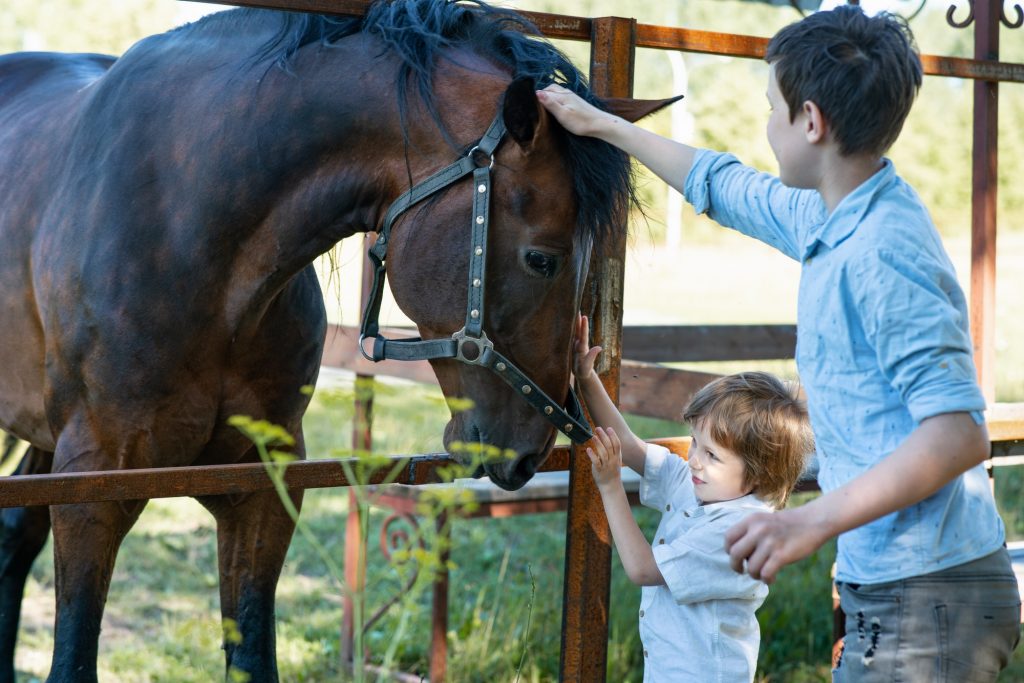
What is Equine-Assisted Therapy?
Equine-assisted Therapy incorporates horses into the therapeutic process of healing the mind, body and spirit. People engage in activities such as grooming, feeding, and leading a horse while being supervised by a mental health professional trained in equine-assisted therapy processes.
This type of therapy aims to help people develop skills such as emotional regulation, self-confidence, and responsibility. It might feel a bit intimidating or even seem counter intuitive to have a large animal, such as a horse, participating in your therapy sessions, however, equine-assisted therapy is growing in popularity. It is rapidly gaining support from the therapeutic industry due to its experiential approach and growing body of clinical evidence of its effectiveness.
The History of Equine-Assisted Therapy
Equine-assisted therapy has its roots in ancient Greek literature and history. Orbasis of ancient Lydia documented the therapeutic value of riding in 600 B.C. and the Greek physician Hippocrates, known as the “Father of Medicine,” wrote about the therapeutic potential of horseback riding in his journals.
Therapeutic Riding was introduced to the United States and Canada in 1960 with the formation of the Community Association of Riding of the Disabled (CARD). In the United States riding for the disabled developed as a form of recreation and as a means of motivation for education, as well as its therapeutic benefits. In 1969, the North American Riding for Handicapped Association was formed, which later became the Professional Association of Therapeutic Horsemanship (PATH) International.
Animals such as elephants, dolphins, dogs, and cats have also been used for therapeutic purposes. However, Horses remain the most popular and effective therapeutic animal to use because they give immediate feedback to the handler or rider’s actions. Horses also have the ability to mirror the feelings of the handler or rider.
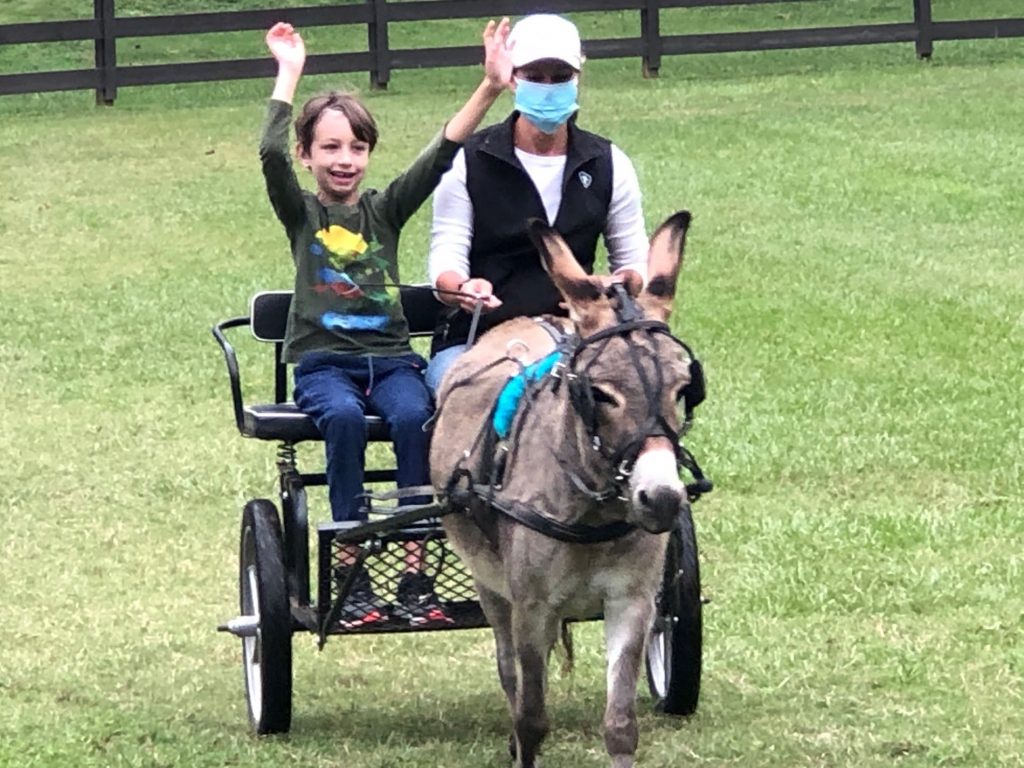
Who is Equine-Assisted Therapy For?
Equine-assisted psychotherapy (EAP) can be used with individuals of all ages, even with families and groups, and in a variety of therapeutic settings.
Equine-assisted psychotherapy is often not the sole form of treatment, but rather a complementary therapeutic service to be used in partnership with more traditional treatment.
Therapy for Children and Teens
As with adults, children can experience challenges such as trauma, anxiety, depression, PTSD, and more. Equine-assisted therapy offers them a therapeutic environment that can feel less threatening and more inviting than a traditional talk therapy office. Children and Teens often find it difficult to open up and process painful emotions and experiences.
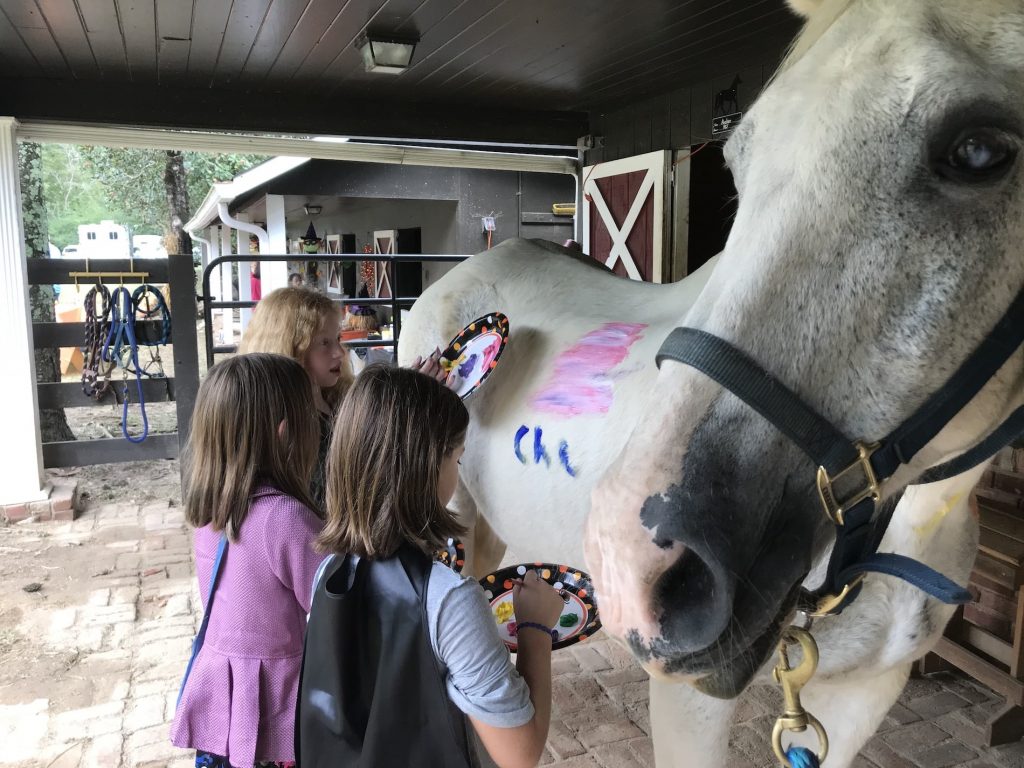
What issues can it help with?
- Assertiveness
- Confidence
- Developing and maintaining relationships
- Emotional awareness
- Empathy
- Impulse control
- Social skills
- Trust in others
- Trust in self
- Managing Vulnerability
- Adaptability
- Distress tolerance
- Emotional awareness
- Independence
- Impulse control
- Self-esteem
- Social awareness
- Social relationships
- Agoraphobia
- Generalized anxiety disorder
- Panic disorder
- Separation anxiety
- Selective mutism
- Social anxiety disorder
- Specific phobia
- Problem-solving skills
- And many more...
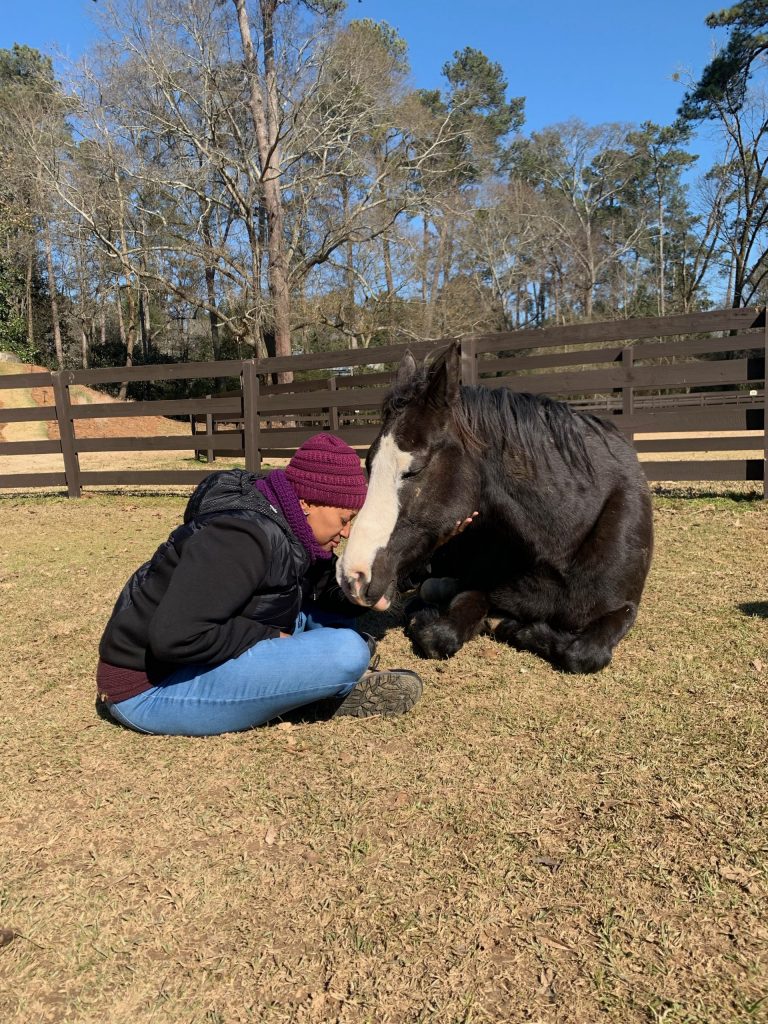
Horses are Great Therapists
They are Non-Judgmental and Unbiased. As much as humans, especially therapists, do their best to offer a safe space for clients to explore deep emotional hurts and painful experiences, it can be uncomfortable for clients to openly share their thoughts. Having the horse present may offer a sense of peace, as they only will react to the client’s behavior and emotions with no threat of bias or any judgment of their emotional experience.
Horses Unique Talents
Horses have a unique talent, one that many therapists are envious of. They can provide rapid feedback and mirroring of a person’s emotional and mental state.
Horses are keen observers and are vigilant and sensitive to movement and emotion. They often mirror a client’s behavior or emotions, conveying understanding and connection that allows the client to feel safe.
This also allows for clients to maintain a sense of self-awareness, using the horse’s behavior and interactions for feedback and opportunities to check in and process what is happening in the moment. It also allows therapists to rapidly diagnose and resolve problem centers.
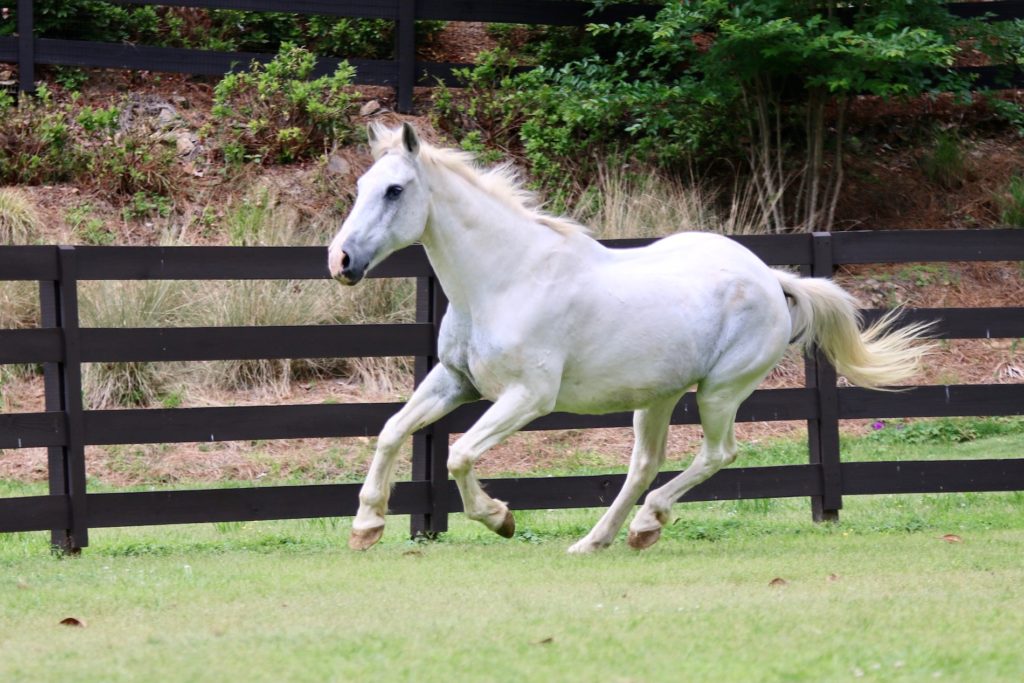
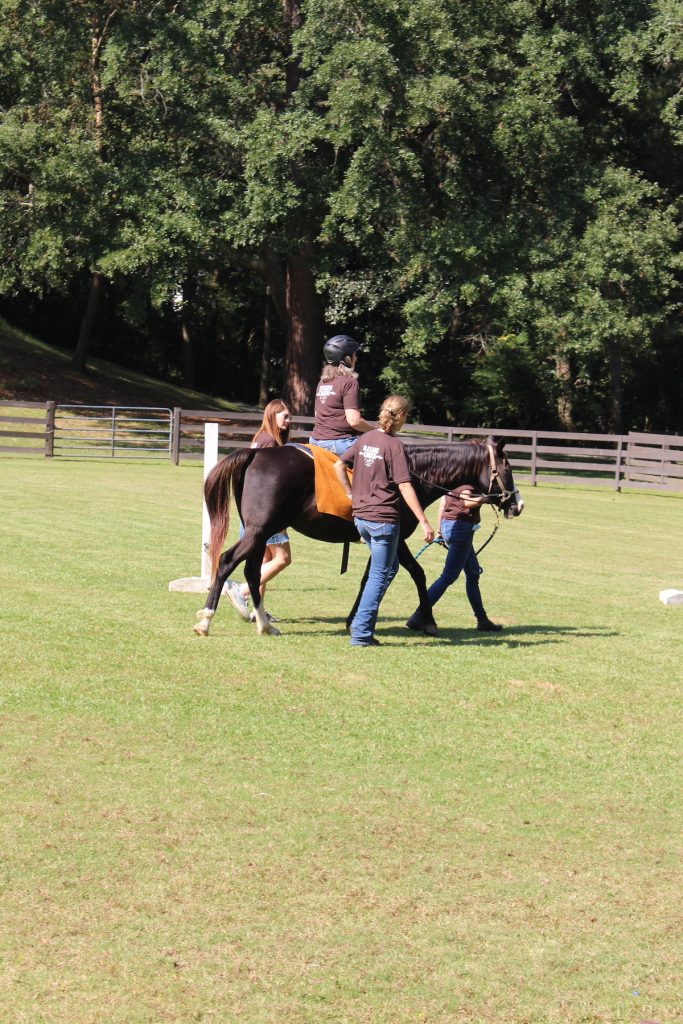
How are Equine-Assisted Therapeutic Riding Instructors and Therapists trained?
The Professional Association of Therapeutic Horsemanship International ( PATH Intl.) is a non- profit association that provides equine assisted activities including horseback riding as a form of treatment for individuals with emotional, physical and learning disabilities. PATH sets national standards for safe and reliable equine assisted activities as well as instructor certifications.
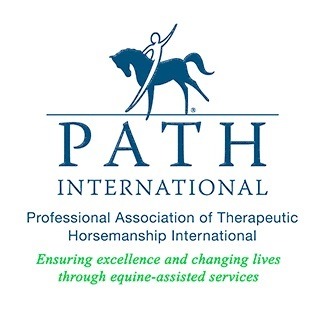
Accreditation and Instructor Certification programs are offered by PATH centers across US and Canada which ensures the high quality and safety for equine assisted activities. The Reins of Hope instructors are PATH certified.
The Equine Assisted Growth and Learning Association (EAGALA) is a non-profit organization dedicated to setting the standard for professionals working with horses in a therapeutic setting. They offer training and have established a specialized certification process for those wishing to become a recognized, trained equine-assisted therapy professional.
Equine-assisted therapy is a particular style and specialization within the field of psychotherapy, with clinicians seeking and earning special training and certification related to the practice of EAP.
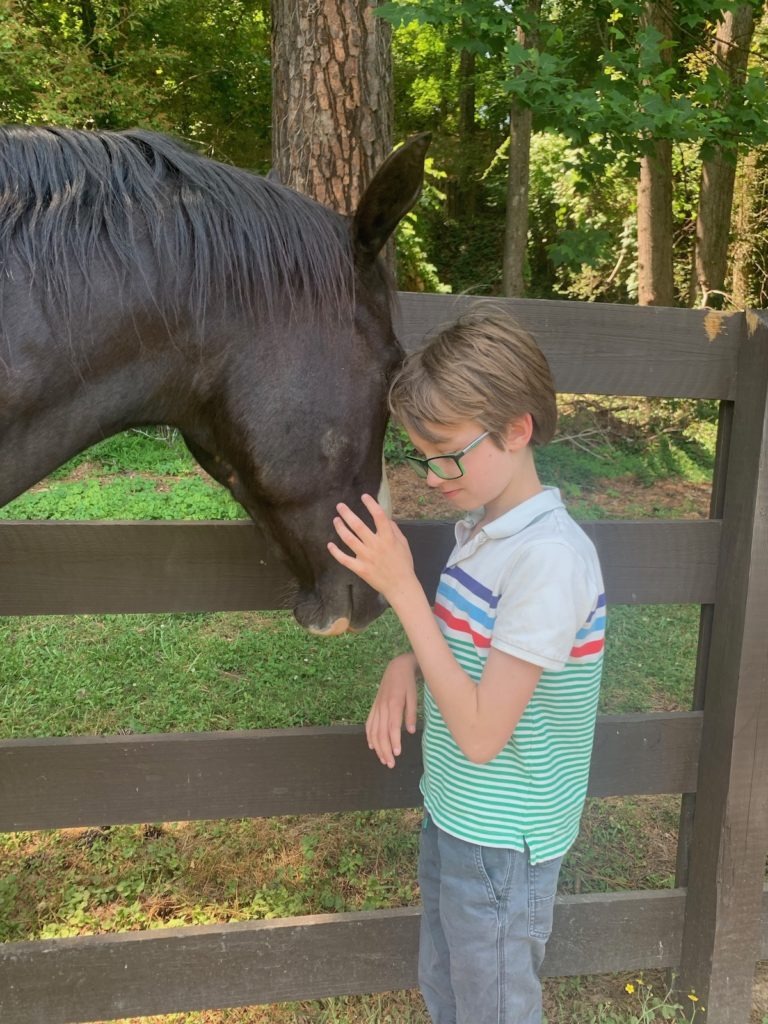
Further Reading
To read more about equine-assisted therapy conditions please view the following pages where much of the above was summarized or paraphrased from: